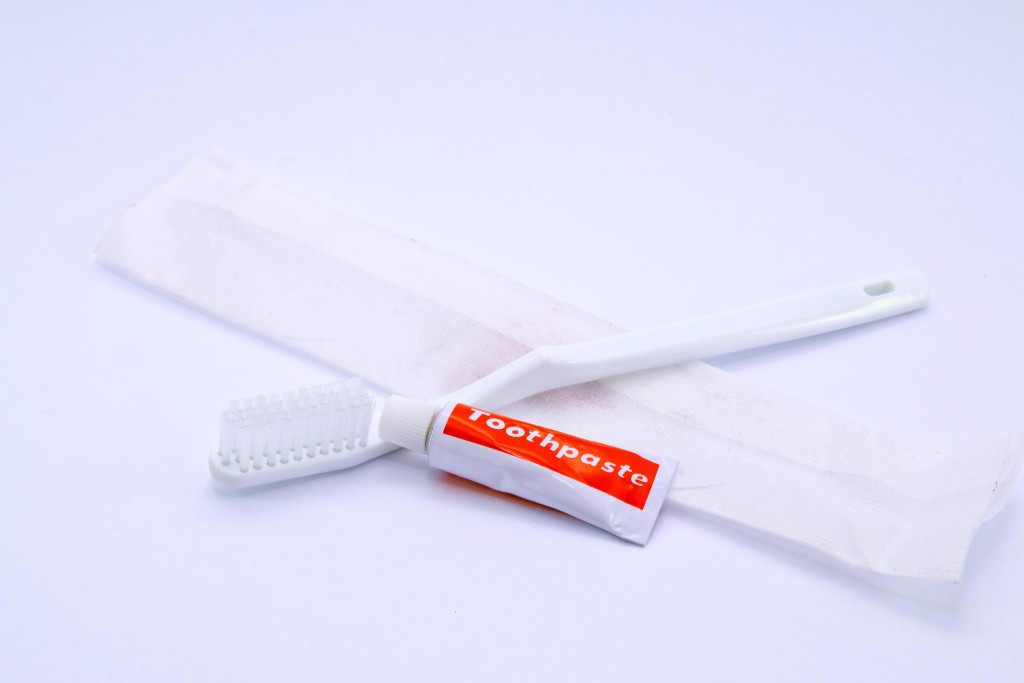Many people don’t think much of a product’s packaging. They buy something and throw the box or wrapper right away. Little do they know, the packaging played a huge role in their buying decision process. Any marketing professional worth their salt knows how important the packaging is to building brand identity and selling the product.
While it’s utility can’t be understated, the packaging is more than just a container for products. The right design tells the product’s story. It allows us to engage with the product through touch, sight, sound, and even taste and smell. The information we glean from this experience helps us understand what the product inside is for, how it should be used, who the target user is, and whether we should buy it or not.
A lot goes into the creation of packaging. It starts with research and design and ends at the folder-gluer machine where the actual packaging is produced.
1. Know your target user
Designing a package starts with research. If you want to design effective packaging, then you need to know who you are selling the product to.
There are many factors you have to consider, including the gender of the target user, whether it’s sold online or in brick-and-mortar stores, and essential information you need to tell consumers. These characteristics will influence the color palette, shape, composition, and other design aspects.
2. The packaging should match the product
The physical product solely determines the material and type of packaging you need to use. It won’t do you any good to challenge consumer preconceptions of product packaging.
Let’s say the product is a juice drink. Product packaging for liquids usually comes in the form of a bottle or a carton. Because it’s a beverage, you need to make sure the package can safely hold liquids to ensure the product reaches the consumer in one piece. Another thing you should think about is transportability. You want to design a package that can be transported easily and at a minimal cost.
3. Put the product front and center
The design should plainly indicate what the product is and what it isn’t. You shouldn’t add or say anything demonstrably false. If you’re going to use images, do so in a way that doesn’t mislead consumers.
For instance, don’t say your juice drink is non-GMO or made from fresh fruits if it isn’t. Instead, highlight its features and strengths. Misleading packaging is not only unethical but also illegal.
4. Consider the marketing side
The packaging should also serve as a billboard for the product. Consider where the product will be displayed and think about how the location affects how the product is seen. It might be helpful to run some display tests to check how much of the package is visible to consumers, what font styles are easily readable, what color palette will help the product stand out, among others.
The packaging is the product’s face to the world, so you want to ensure that you leave a positive and unforgettable first impression on consumers. Don’t rush the design process and make it a point to test multiple versions of a product’s packaging.

